[最も欲しかった] exotropia eye drops 369162-Exotropia eye surgery
Your vision is, literally, our missionPDF To report convergence excess esotropia (CEET) following 001% atropine eye drops (Low dose atropine LDA) Children who developed CEET that Strabismus, or "lazy eye," is a condition where one eye looks directly at the object you are viewing, while the other is misaligned Some characteristics of strabismus include One eye's inability to attain binocular vision with the other Issues can be constant or intermittent Often called a "lazy eye," "crosseyed," or a

What Is Exotropia Optometrists Org
Exotropia eye surgery
Exotropia eye surgery-Store your eye drops in a refrigerator;In exotropia, the eyes do not realign Some people notice their vision becomes blurry or they have double vision when their eye points outward while others have no symptoms Most often, those people who have no symptoms have poor vision in one eye and/or one eye has turned outwards for a long time When a person
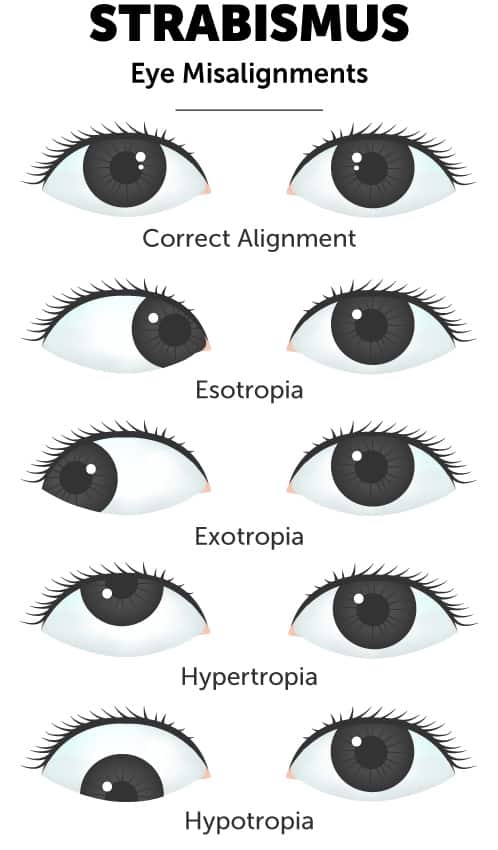



Strabismus Treatment Surgery Wolfe Eye Clinic
The eye may turn in towards the nose or outwards, or occasionally upwards or downwards An exotropia, or divergent squint, is when an eye turns outwards Exotropia (divergent squint) You can have squints that are there all the time (constant) or a squint that appears occasionally and the eyes are straight the rest of the time (intermittent)The eye may be turned in (this is called esotropia), turned out (exotropia), looking upward (hypertropia), or looking down (hypotropia) Strabismus can be treated, and the earlier the betterExotropia refers to eyes that turn outward It is the opposite of crossed eyes, or esotropia Exotropia may occur from time to time (intermittent exotropia) or may be constant, and is found in every age group What are the different types of exotropia?
Atropine drops are medicated eye drops that work essentially as chemical ocular patching The purpose of atropine drops is to cause temporary blurred vision in the unaffected eye, thus muting the visual input from the eye to the brain,In this type of exotropia, the eyes fail to work in coordination Congenital exotropia This is also referred to as infantile exotropia, as it usually affects infants immediately after birth, or a few months after birth Acquired exotropia This type of exotropia can occur after the eye suffers a traumatic eye injury or disease Down's syndrome or a stroke can also be contributing factorsYour vision is, literally, our mission
Exotropia is a common form of strabismus or squint (a failure of the two eyes to maintain proper alignment) It is an outward deviation of the eyes that may occur while fixating distance or near The prism adaptation test is preferred over cycloplegic eye drops for the evaluation of maximal reserve of distance/near motility before surgical correction of exotropia Full text links Read article at publisher's site (DOI) /Complications of Exotropia Untreated exotropia can lead to permanent vision loss in the form of amblyopia or damage to the eye muscles Intermittent exotropia may progress to constant exotropia




April Dr Claudia Lee Optometrist




How To Fix Exotropia 9 Steps With Pictures Wikihow
The eyes may turn in (esotropia), out (exotropia) or up or down (hypertropia) There are different treatments for strabismus which are determined from the findings of the eye examination These treatments include glasses, patching the stronger eye to force the patient to use the weaker eye, eye drops or surgery Answer I am really sorry that you get bullied because of your eyes but the unfortunately the only way to correct exotropia is surgical operation Sometimes if you have high refractive error in your eye ( Short sightedness), correction of this refractive error with eyeglasses can help to reduce the size of exotropia Intermittent exotropia is the most common form of strabismus, characterized by an intermittent outward deviation of the eyes, affecting as much as 1% of the population 1,2 This condition most often presents in childhood and affects females more than males Control of the intermittent deviation can vary throughout the day 3,4
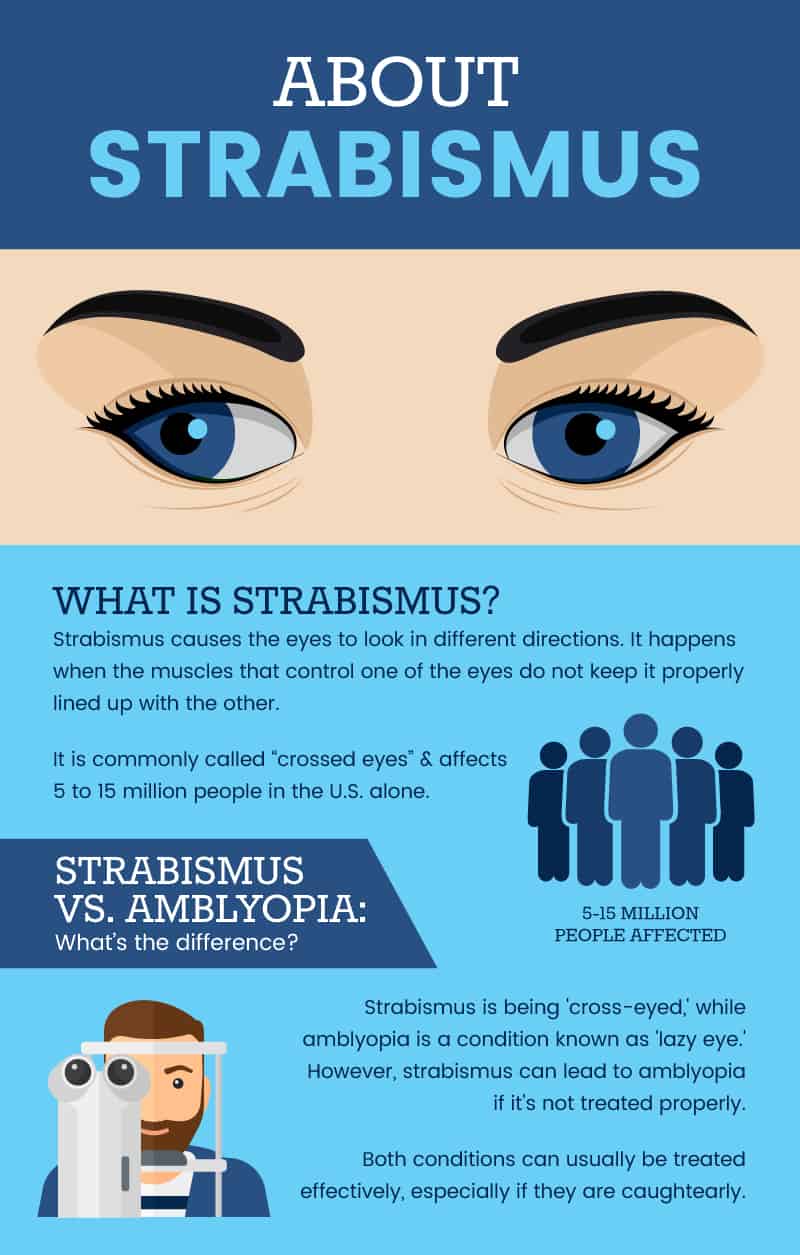



Strabismus Natural Ways To Help Resolve Crossed Eyes Dr Axe




Is Pilocarpine Favored In Treatment Of Esotropia
Exotropia Common Pediatric Eye Diseases Discovery Eye Foundation Cataracts, Children, Cornea, Eye Health, Uncategorized Occasionally, blurring the vision in the good eye with eye drops or lenses to force the child to use the amblyopic eye treats amblyopia In some cases, cataract surgery or glaucoma surgery might beIntermittent exotropia is the most common type of strabismus It is defined as a nonconstant exodeviation that manifests predominantly at distance fixation and may progress over a variable period to near fixation This entity is also named distance exotropia, divergent squint, periodic exotropia, or exotropia of inattention Small exophorias are common in newborns and can be Dr Ashley Roth Exotropia is a common type of strabismus that occurs when misaligned eyes deviate outward Exotropia (also known as walleye or divergent strabismus) differs from its opposite form, esotropia (eye turns in toward nose), in that exotropic eyes point outward or away from the nose Exotropia can occur in one or both eyes



Exodeviation




What Is Exotropia Optometrists Org
Can Exotropia be cured with eye drops or medicines?Exotropia means an eye is turned outward relative to the other eye These drops blur the vision in the better seeing eye and are a substitute for a patch Both treatments will improve the vision in the amblyopic eye Exercises Eye exercises, properly called orthoptic therapy, may be indicated in certain cases of exotropia OrthopticEsotropia symptoms Here are some of the symptoms patients may experience with esotropia Eyes turning inwards, presenting a blurry and distorted view Both eyes crossing inwards Developing amblyopia or a lazy eye – a condition that involves one eye receiving weaker brain signals, subsequently causing it to become 'lazy' in response
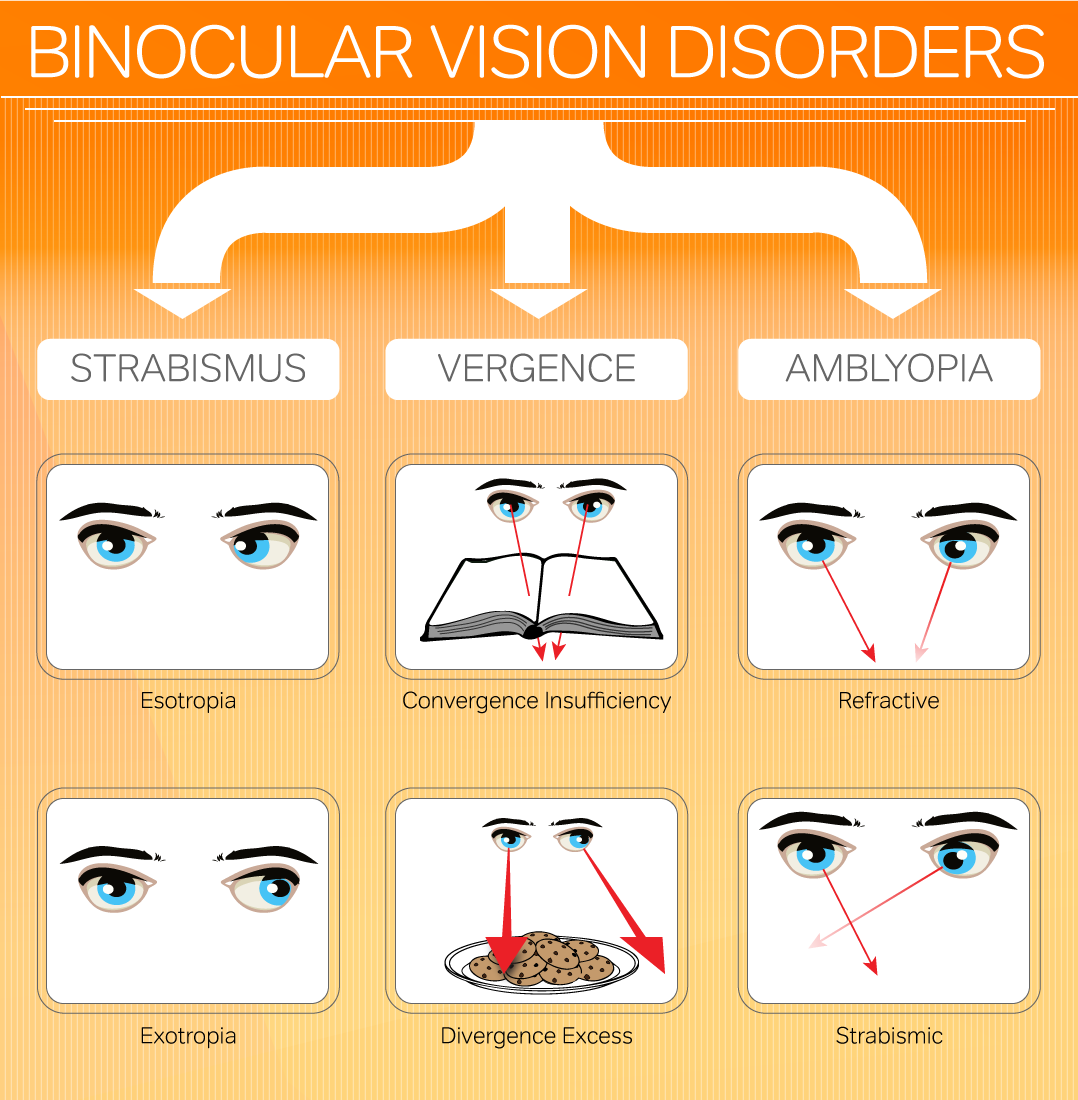



Signs And Symptoms Of Binocular Vision Problems



1
Bacterial Conjunctivitis Doterra Myopia Exotropia Holland Barrett's stock it and their assistants are generally quite knowledgeable Has anyone got any idea how to do that eye drops pimple treatment eye drops to reduce redness in the pimple which does make sense and vegetables, tea and red wine, that have known health benefits in humansExotropia is a form of strabismus (eye misalignment) in which one or both of the eyes turn outward It is the opposite of crossed eyes, or esotropia Exotropia may occur from time to time (intermittent exotropia) or may be constant, and is found in every age group See figures 1 and 2 Fig 1 Eyes alignedConvergence excess consecutive esotropia associated with 001% atropine eye drops usage in patients operated for intermittent exotropia To report convergence excess esotropia (CEET) following 001% atropine eye drops (Low dose atropine LDA) Children who developed CEET that resolved promptly after discontinuation of LDA are described




Can Exotropia Be Cured With Eye Drops Or Medicines Dr Sirish Nelivigi Youtube




Exotropia Eyes Turn Outward Causes Symptoms Treatment Vision Center
Exotropia may be congenital (present at birth) or acquired the eye(s) at the conclusion of surgery, so you don't need to put a drop in yourself until you get home on the day of surgery Please use one Tobradex eyedrop four times a day in the operated eye(s) This eyedrop is a suspension and should be shaken gently before using it The Tobradex ointment should be An adult with strabismus will experience double vision The onset can be sudden or gradual, says Dr Howard The distortion may occur only sometimes or in specific circumstances Strabismus may be intermittent at first and then become constant "It may only happen when you look in a particular direction," says Dr Howard
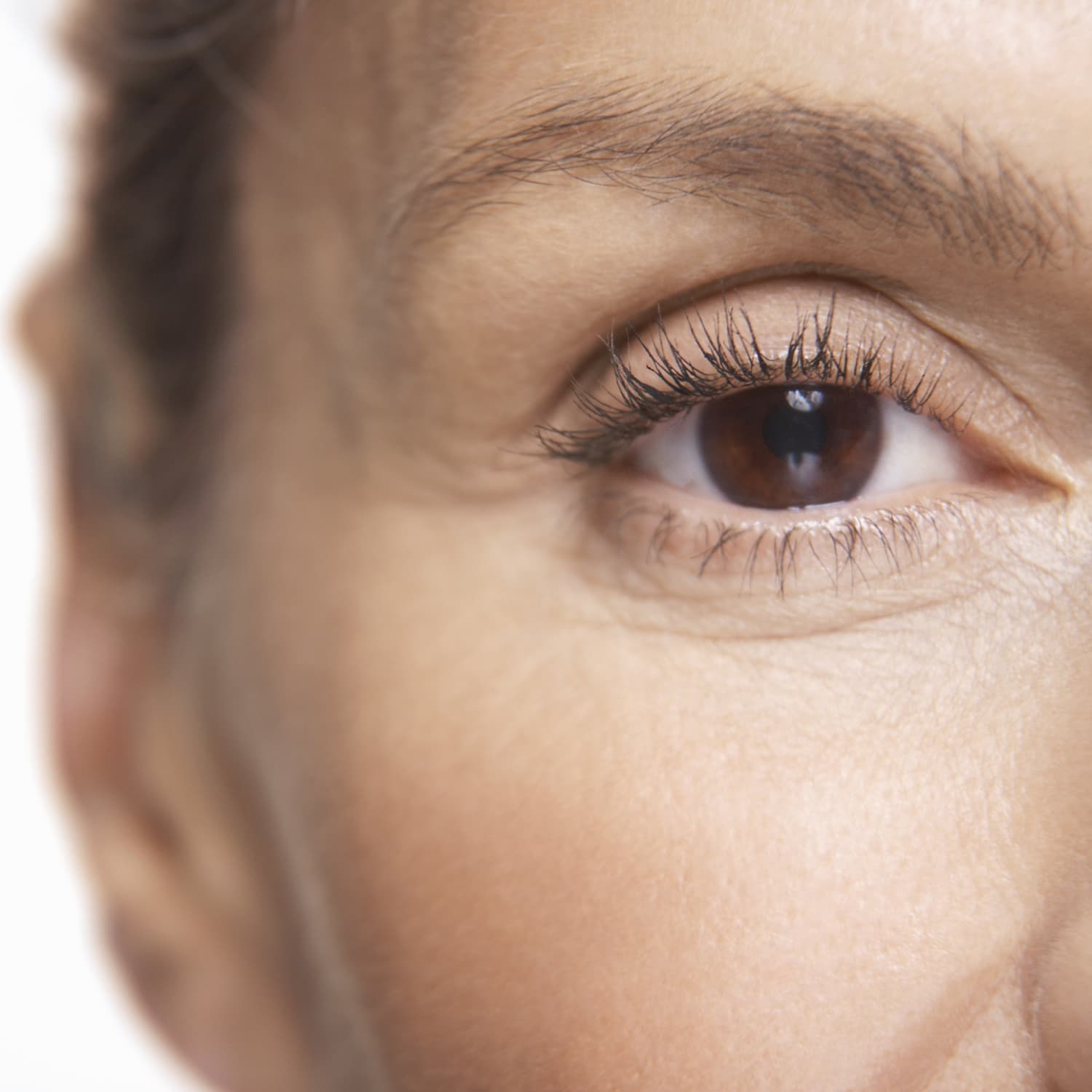



Adult Strabismus Fact Sheets Yale Medicine




Strabismus Exotropia Esotropia Cover Test Geeky Medics
Dr Sirish Nelivigi Eye drops that dilate the pupils of the eyes and facilitate examination of the eyes' internal structures Treatment Options for Exotropia Those with exotropia can explore both nonsurgical and surgical treatment optionsDuring this test, special eye drops are placed onto the eye to temporarily stop it from focusing on its own This process helps an eye doctor evaluate a child's vision more easily SEE RELATED Why kids' eye exams are so important Exotropia treatment Treatment will vary depending on the severity of exotropia
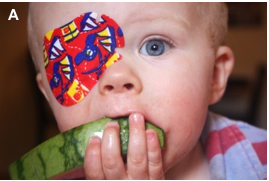



Treatment For Strabismus Ocular Patching Pinpointeyes




Strabismus
Exotropia is a type of strabismus (eye misalignment), where one eye turns, or deviates, outward (away from the nose) The deviation may be constant or intermittent, and the deviating eye may always be one eye or may alternate between the two eyes The deviation or eye turn may occur while fixating (looking at) distant objects, near objects, or both Exotropia is a category of Strabismus, a defect in which one's eyes deviate outward or away from each other The disease can either be in one eye or both Although Exotropia can occur at any age, younger children are majorly targeted The risks of Exotropia are equal in both male and female Exotropia is common and treatable, especially when diagnosed and corrected at a young age By about 4 months of age, the eyes should be aligned and able to focus
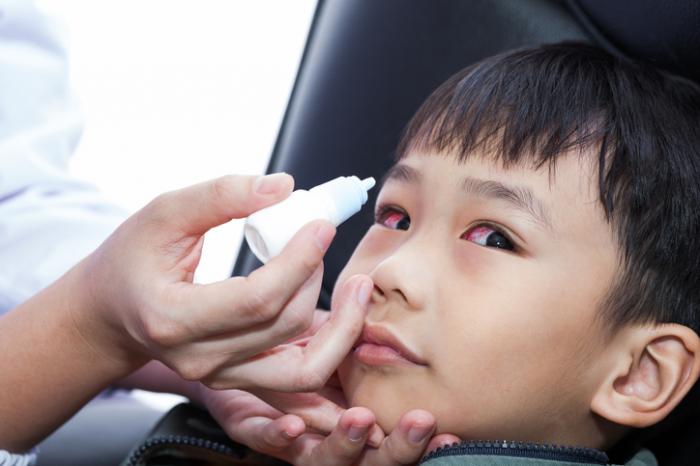



Squint Or Strabismus Causes And Treatment




Strabismus Treatment Surgery Wolfe Eye Clinic
Do not freeze them; Exotropia is the opposite of esotropia, both of which are disorders of the eye falling under the general category of a strabismus, commonly known as "cross – eyed" There are quite a few similar disorders in the strabismus category, but exotropia and esotropia cover specific cases where one eye deviates inward or outwardEye drops, or ointment may be prescribed if an abrasion or conjunctivitis is diagnosed Additionally, glasses may be prescribed if the excessive blinking is caused by blurry vision (Turning out of the eye) Intermittent exotropia is a very common form of strabismus Strabismus is a condition where there is misalignment of the eyes




Cross Eyed Babies What Is Strabismus Treatment




This Man S Photos Capture How Lazy Eye Surgery Changed His Life
Exotropia is when the eye turns outwards Diagnosis and Squint Treatment in Ayurveda If there are signs of squint, the squint specialist will probably use eye drops that dilate the pupils before the test is done Then he will perform tests enlisted below The Hirschberg test, or Hirschberg corneal reflex test, is used to assess whether thePurpose To evaluate changes in ocular motility deviation with cycloplegic eye drop examination compared to the prism adaptation test in patients with strabismus Methods The medical charts were reviewed of all patients who underwent primary strabismus surgery in our center from December 13 to July 15 Data collected included demographics, medical history, and Exotropia, walleye or bottom The eye turns outward when one cannot coordinate the eyes to work together These makes the eyes look beyond the object actually being viewed The eye drops are a combination of antibiotic and steroid components that work to prevent infection and help the eye heal faster respectively The patients can then
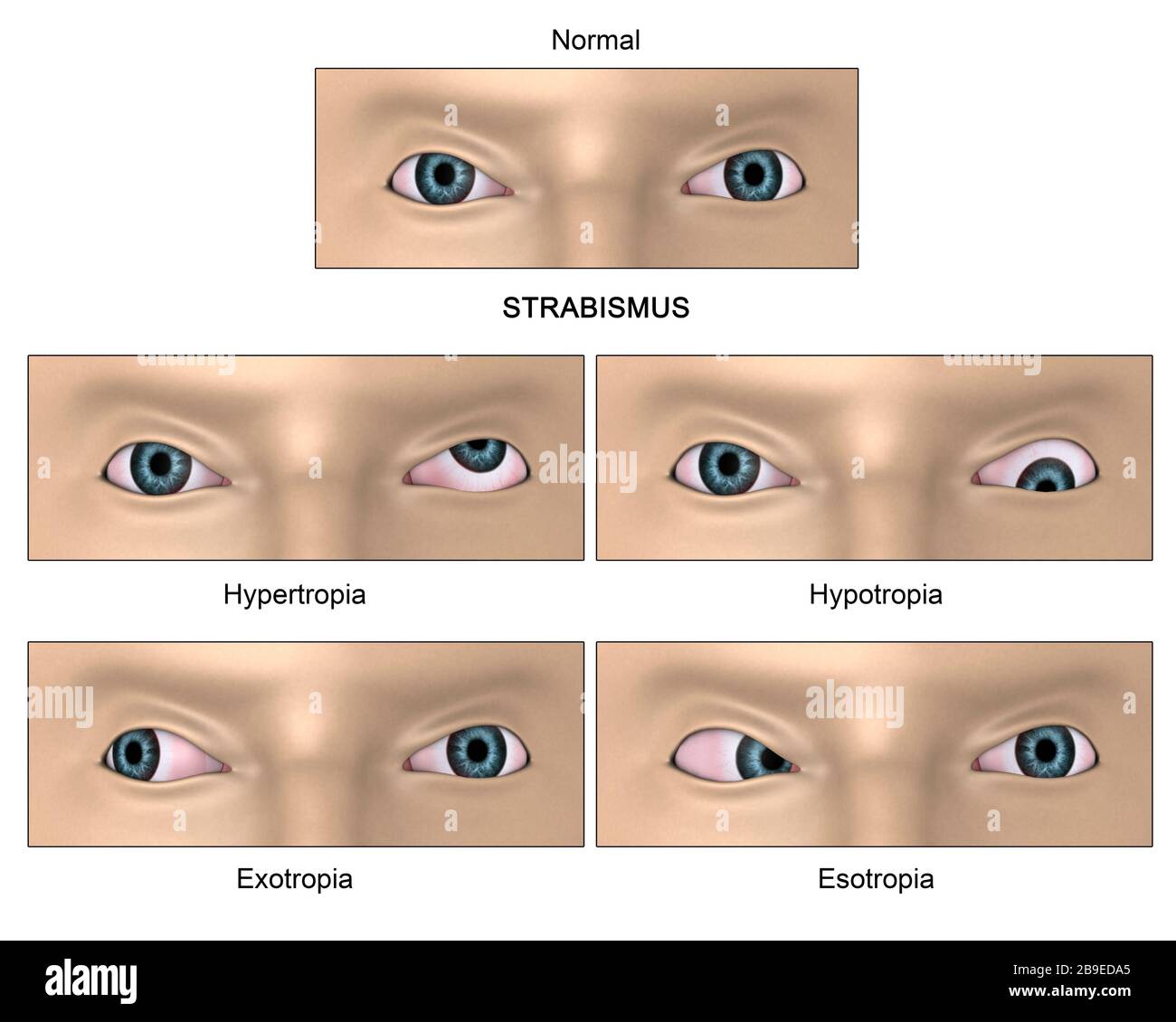



Exotropia High Resolution Stock Photography And Images Alamy




Special Forms Of Comitant Exotropia Ento Key
To report convergence excess esotropia (CEET) following 001% atropine eye drops (Low dose atropine LDA) Children who developed CEET that resolved promptly after discontinuation of LDA are described Three myopes aged 53 ± 12 years and mean sphere 45D were included All were operated for intermittent exotropia earlierEsotropia is a strabismus condition where the eye turns inward (toward the nose) This condition may be evident intermittently (not all the time) or constantly The deviation, or eye turn, may occur while fixating (looking at) distance objects, near objects, orEsotropia and exotropia are types of strabismus, which is a condition in which the eyes are not properly aligned Esotropia means that one eye is deviated inward and is often called crossed eyes Exotropia is when one or both eyes look outward, often called walleyed Although newborns' eyes may wander or cross sometimes, the eyes usually
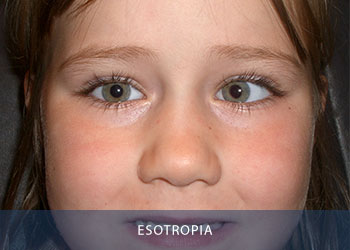



Ohio Eye Alliance Pediatric Ophthalmology And Adult Strabismus Ohio Eye Alliance




Amblyopia Lazy Eye Lighthouse Guild
Exotropia is a type of strabismus characterised by outward deviation of an eye If Exotropia affects both eyes, as a result of which the individual is unable to align both eyes, the condition is termed as convergence insufficiency or exophoria Know the causes, symptoms, treatment, prognosis and complications of exotropia Vision therapy, with or without eyeglasses, eye patching, drops, or surgery is the most effective approach in treating constant exotropic strabismus Intermittent exotropia This the most common form of exotropia, occurs when the eye turn is only present occasionally1 Eur J Ophthalmol 19 Sep;29(5)4485 doi / Epub 18 Oct 4 Evaluation of ocular motility deviation changes in exotropic patients after cycloplegic eye drops versus prism adaptation test




Squint Surgery Strasbismus Surgery Treatment At Midland Eye



Cropped Stories Intermittent Exotropia Considering Surgery




Exotropia Pediatric Ophthalmic Consultants
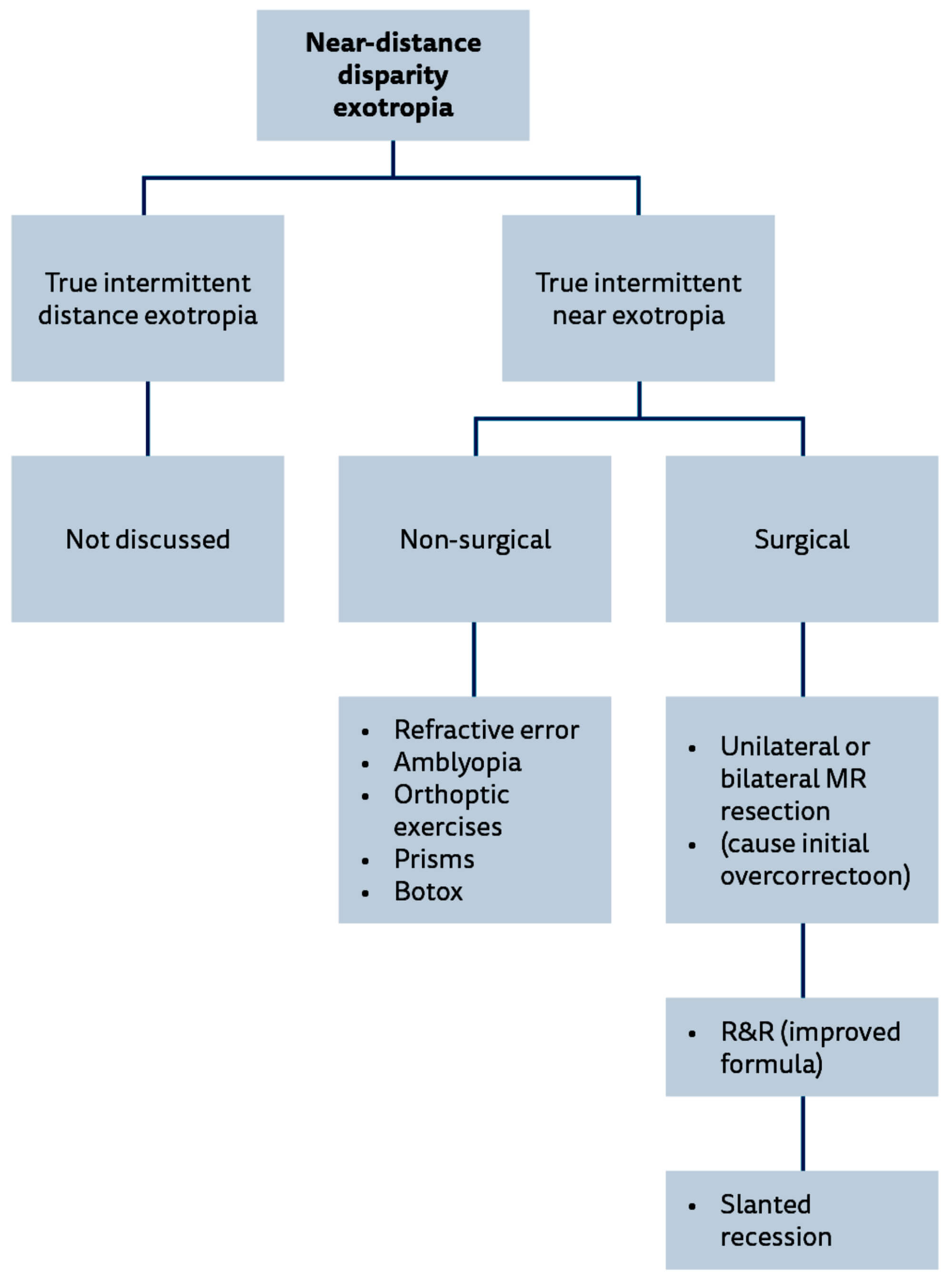



Management Of Squint With Near Distance Angle Disparity Eye News




Strabismus Cross Eyed Children S Hospital Colorado



Strabismus Kadrmas Eye Care New England




How To Fix Cross Eyes Naturally Image Optometry
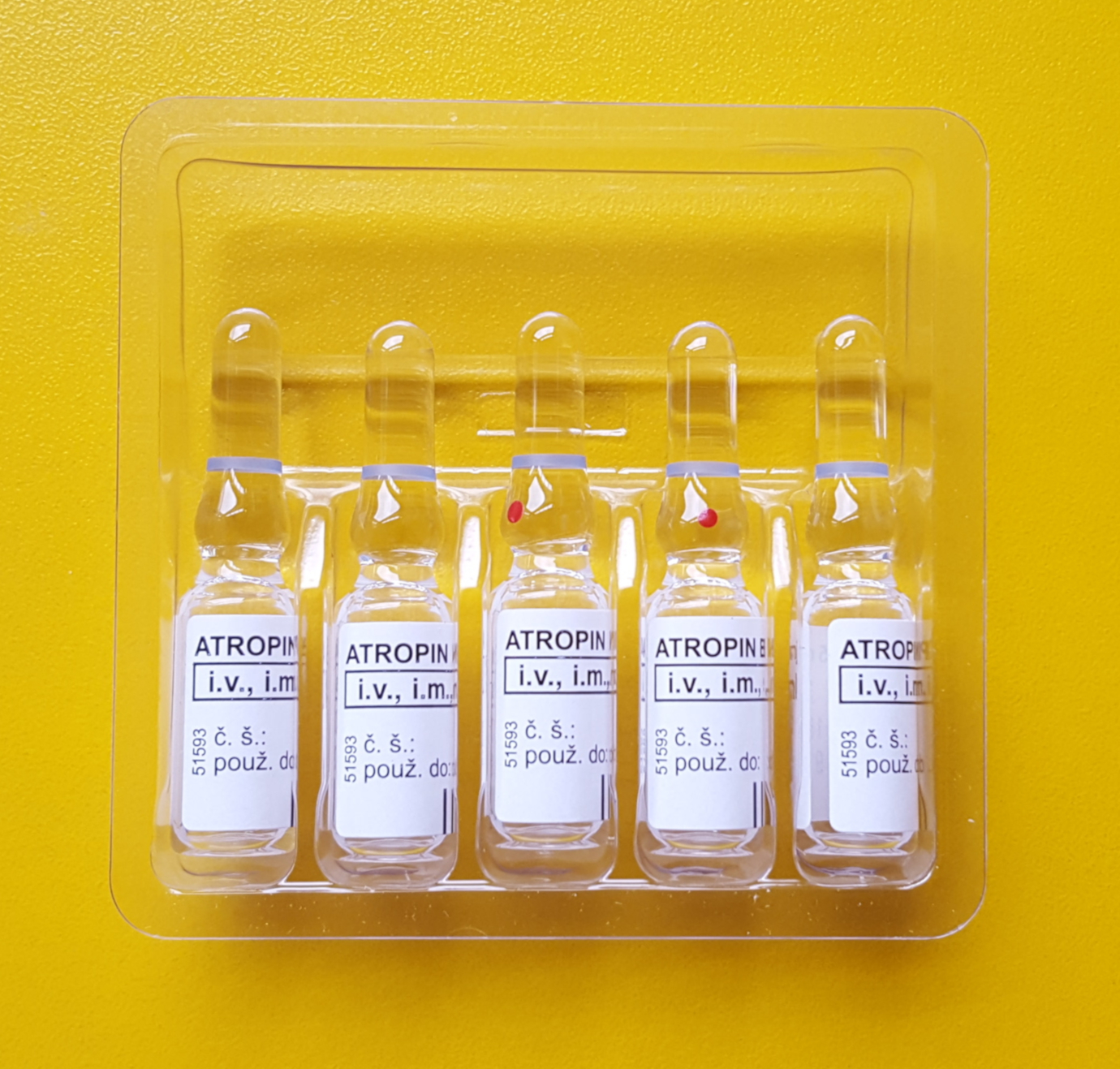



Treatment For Strabismus Atropine Drops Pinpointeyes








Strabismus




Strabismus 3d Illustration Showing Exotropia A Type Of Eye Deviation When Eye Turns Outward Stock Photo Picture And Royalty Free Image Image
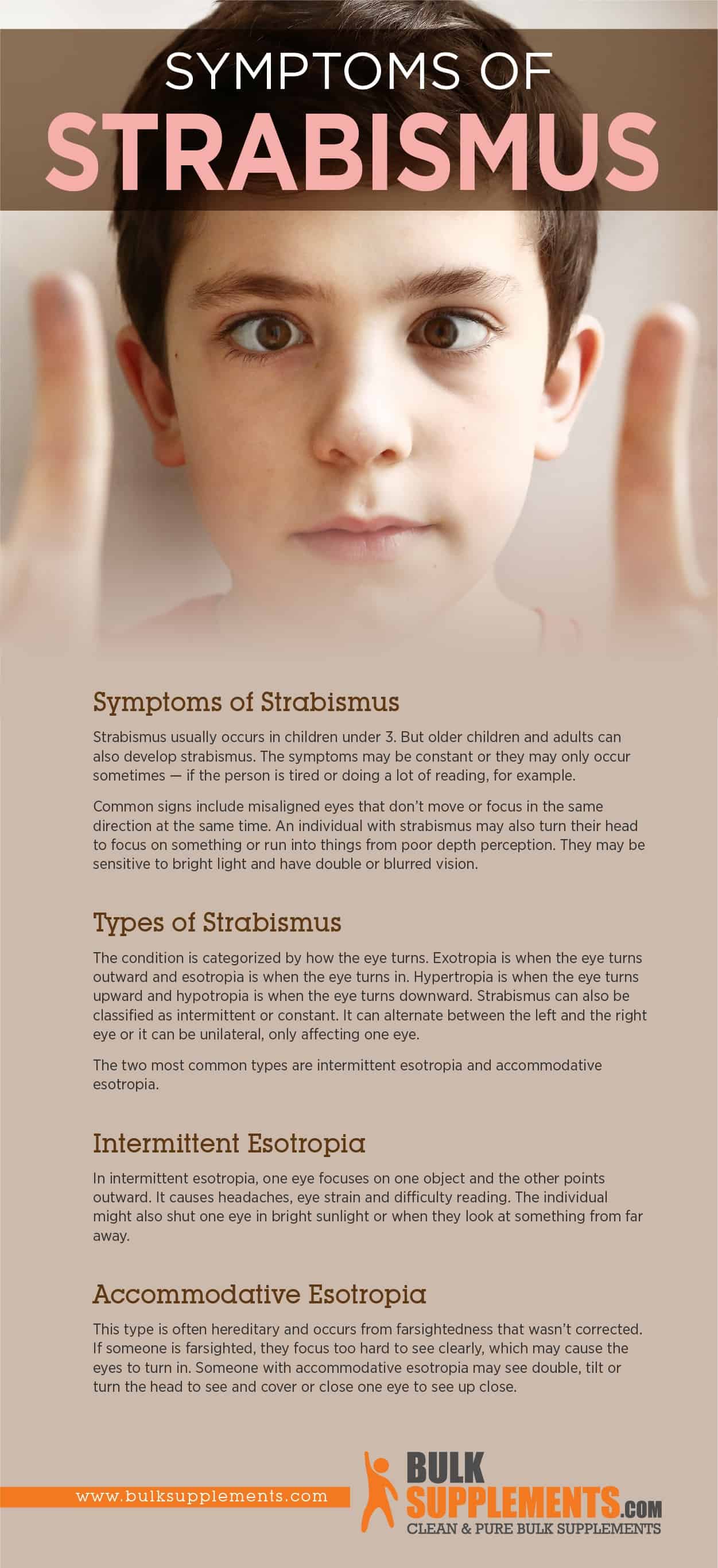



What Is Strabismus Causes Symptoms Treatment




Medical Definitions




Eye Conditions That Cause Strabismus Optometrists Org



1




Top Causes Of Double Vision
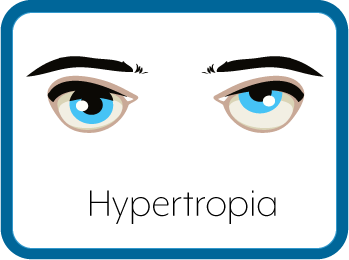



Hypertropia Vertical Strabismus
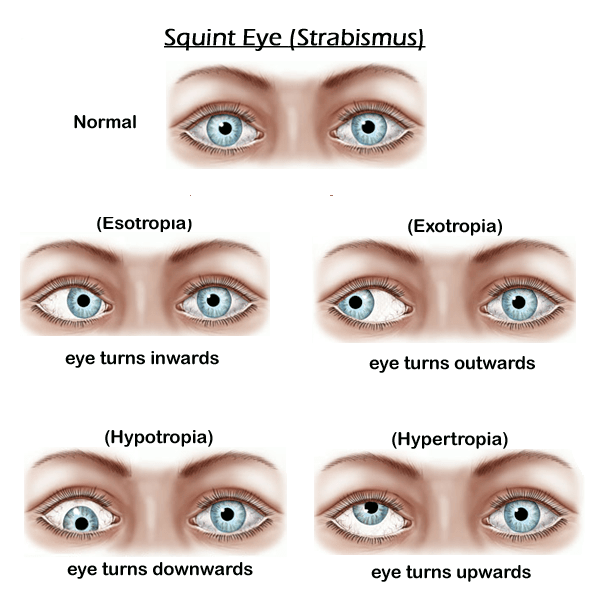



Squint Ahalia Foundation Eye Hospital
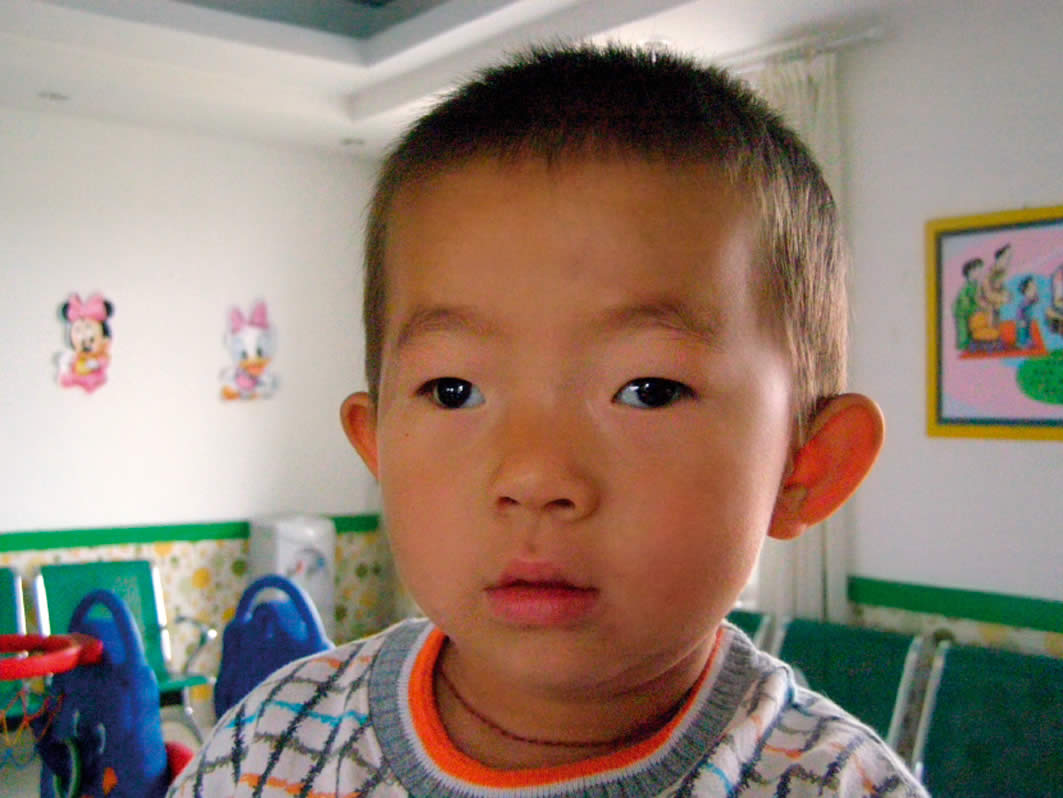



Community Eye Health Journal Understanding Detecting And Managing Strabismus




Strabismus Crossed Eyes Aoa




What Is Strabismus Texas Children S Hospital



Strabismus Kadrmas Eye Care New England
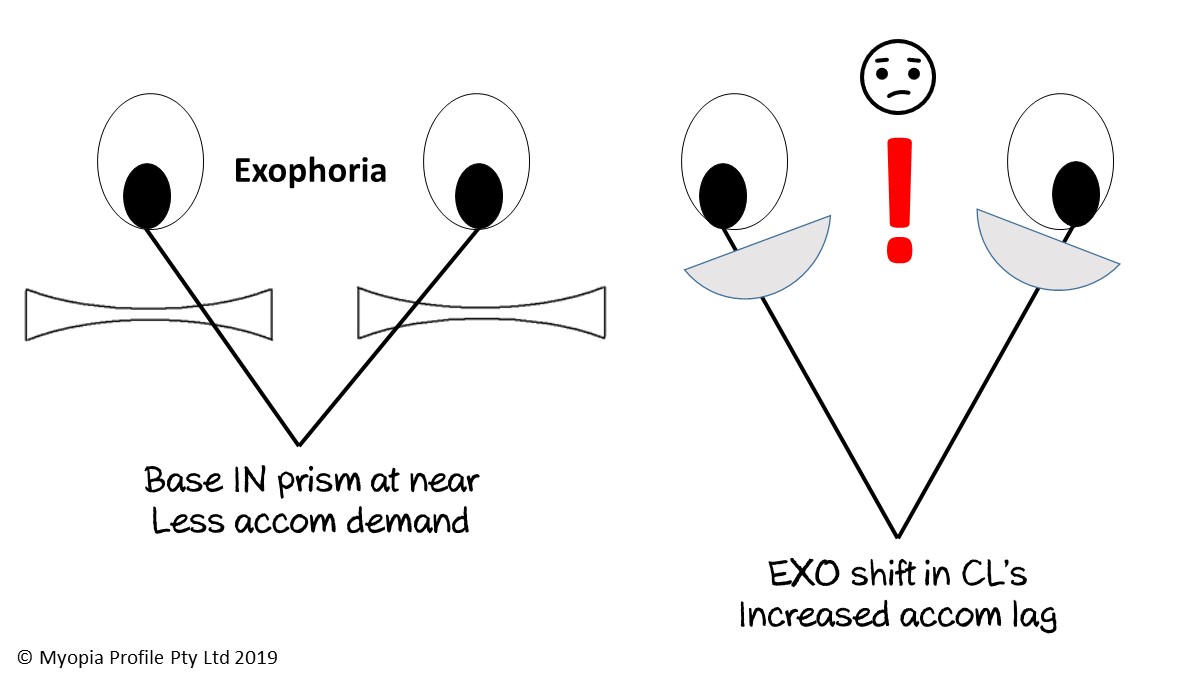



What About The Exophores Myopia Profile Binocular Vision Myopia Control



Strabismus Celebrities




Strabismus Wilmington Eye




Pdf Outcome Of Strabismus Surgery And Vision Therapy In A Case Of Intermittent Exotropia
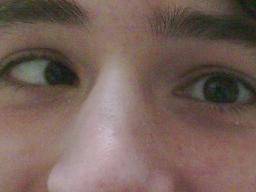



Esotropia Types Symptoms And Treatment
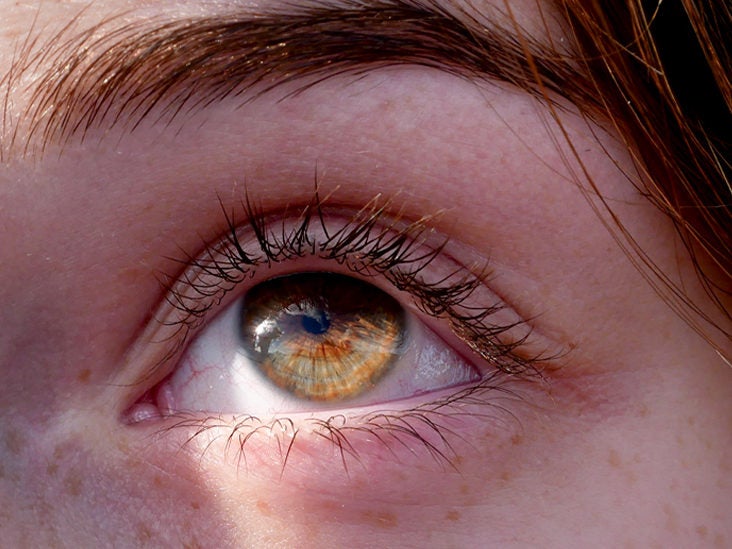



Lazy Eye Exercises 8 Exercises And Other Treatments




Dilating Eye Drops American Association For Pediatric Ophthalmology And Strabismus




A Complete Guide To Strabismus




Strabismus Children S Health Issues Merck Manuals Consumer Version




What Is Exotropia Vision Express




Strabismus Surgery For Misaligned Eyes Crossed Eyes Or Wall Eyes




Amblyopia Treatments Gardena Lazy Eye Treatments Gardena Vision Loss Procedures Gardena
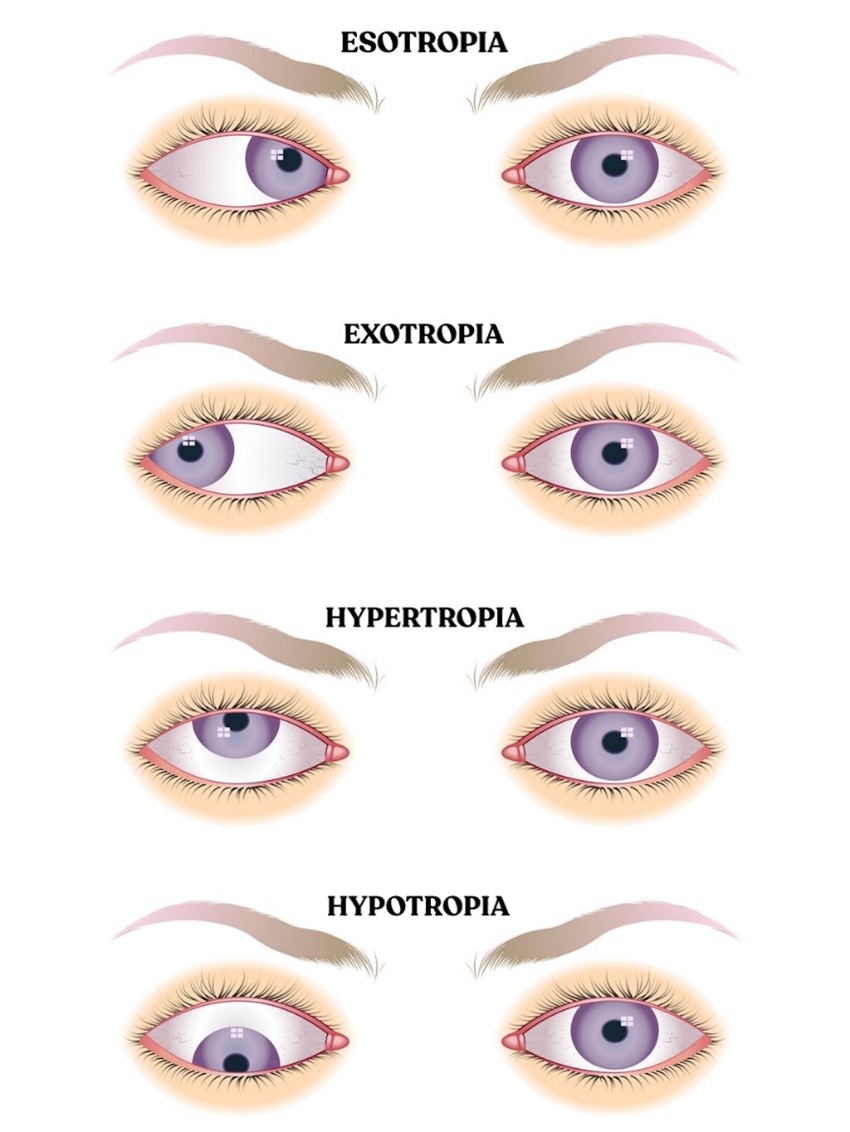



Amblyopia Innovative Eye Care
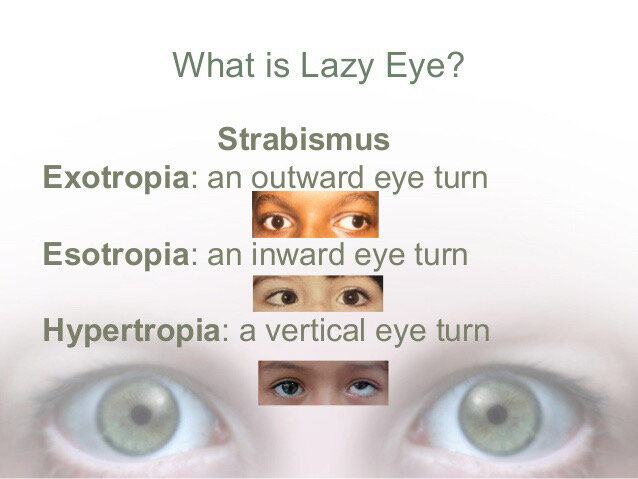



What Is Lazy Eye Eye Florida




Strabismus Crossed Eye Ophthalmic Surgeon




Pediatric And Adult Strabismus Mid Hudson Family Ophthalmology Pllc




Esotropia Cross Eyed And Its Causes And Symptoms Vision Express
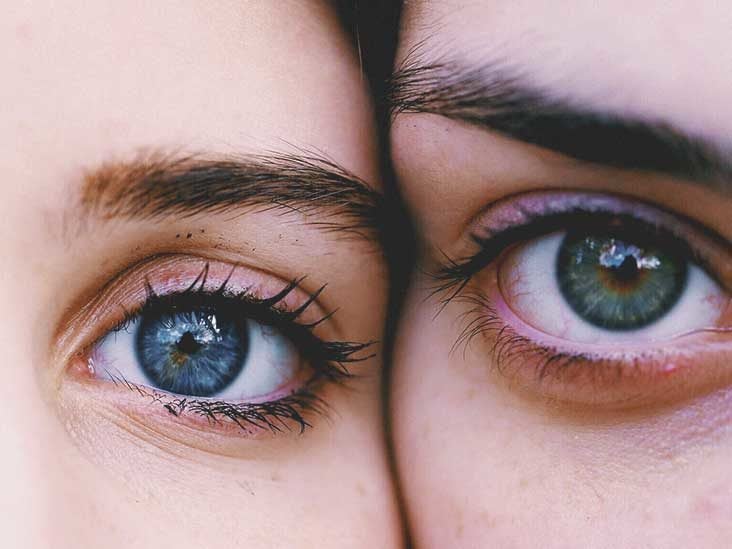



3 Eye Exercises For Strabismus Healthline



What Is Amblyopia New Horizons Vision Therapy




What Is Exotropia Causes Symptoms Treatment Prognosis Complications
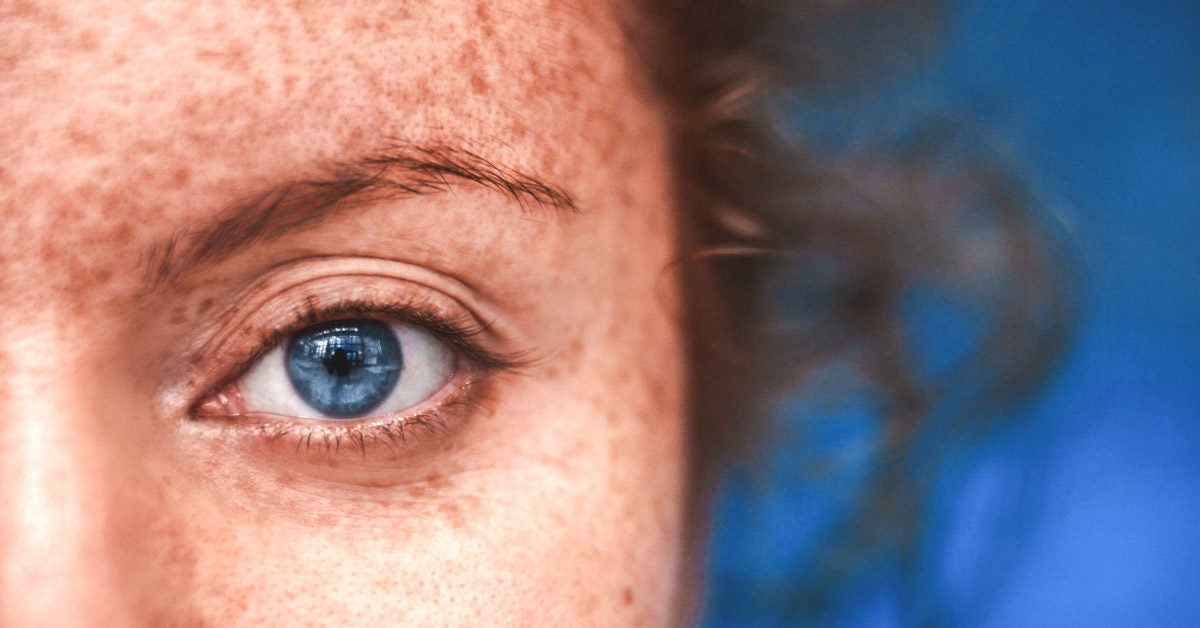



Exophoria Definition Treatment And How It Compares To Exotropia




Strabismus Children S Health Issues Merck Manuals Consumer Version
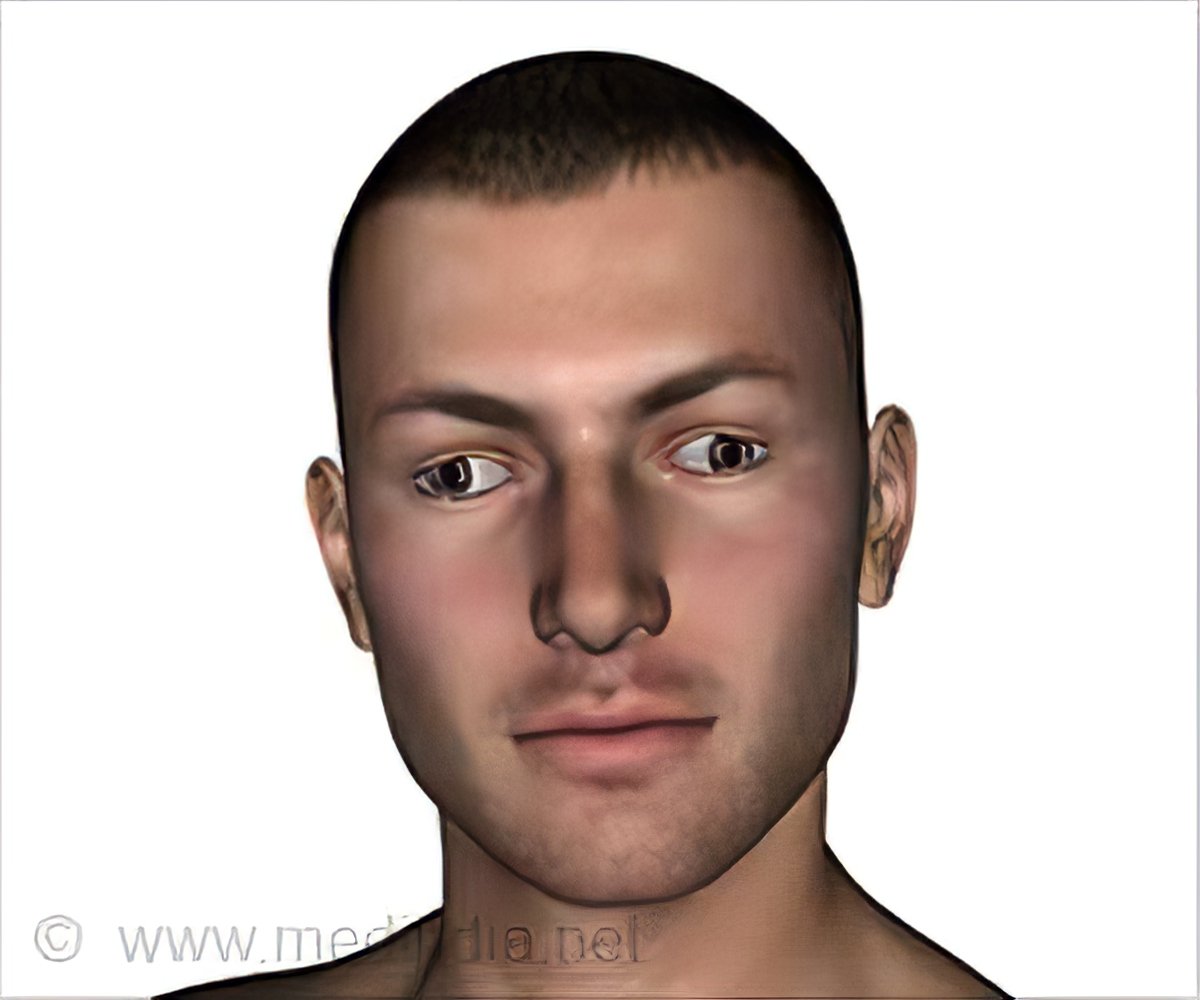



Exotropia Types Symptoms Diagnosis Treatment Prevention
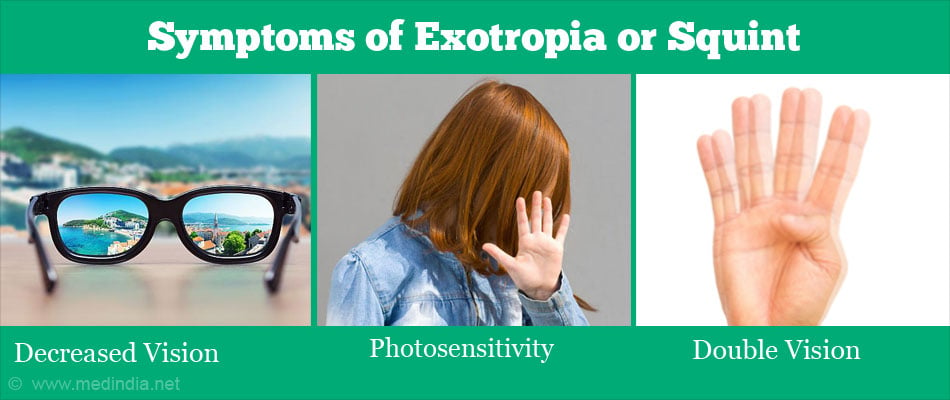



Exotropia Types Symptoms Diagnosis Treatment Prevention




Assessing Strabismus In Children Paediatrics And Child Health
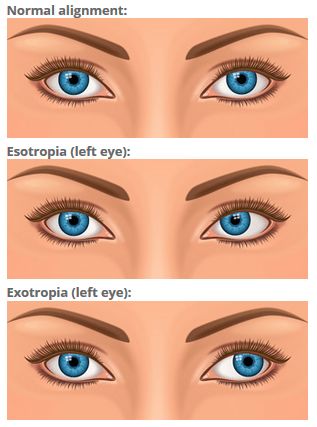



Strabismus And Crossed Eyes Explained Allaboutvision Com




Does Strabismus Affect Vision



Strabismus Baby Symptoms Definition Description Demographics Causes And Symptoms Diagnosis




Strabismus Treatments Without Surgery With Exercises Vision Therapy



Strabismus Ananthaksha Super Speciality Eye Hospital
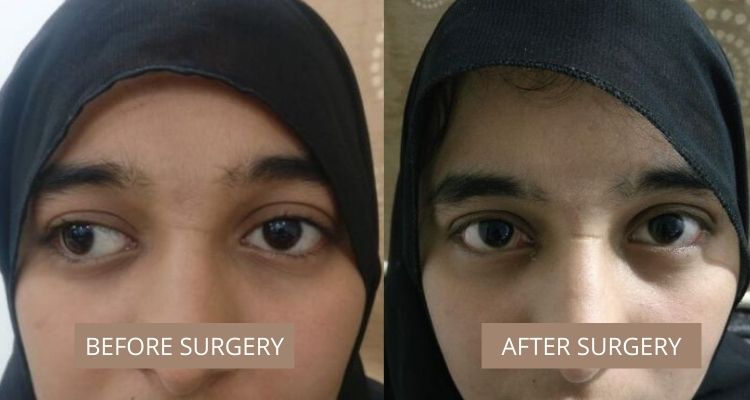



Exotropia Best Squint Treatment In Mumbai Eye Solutions




Strabismus




Strabismus Surgery Everything You Need To Know Realself
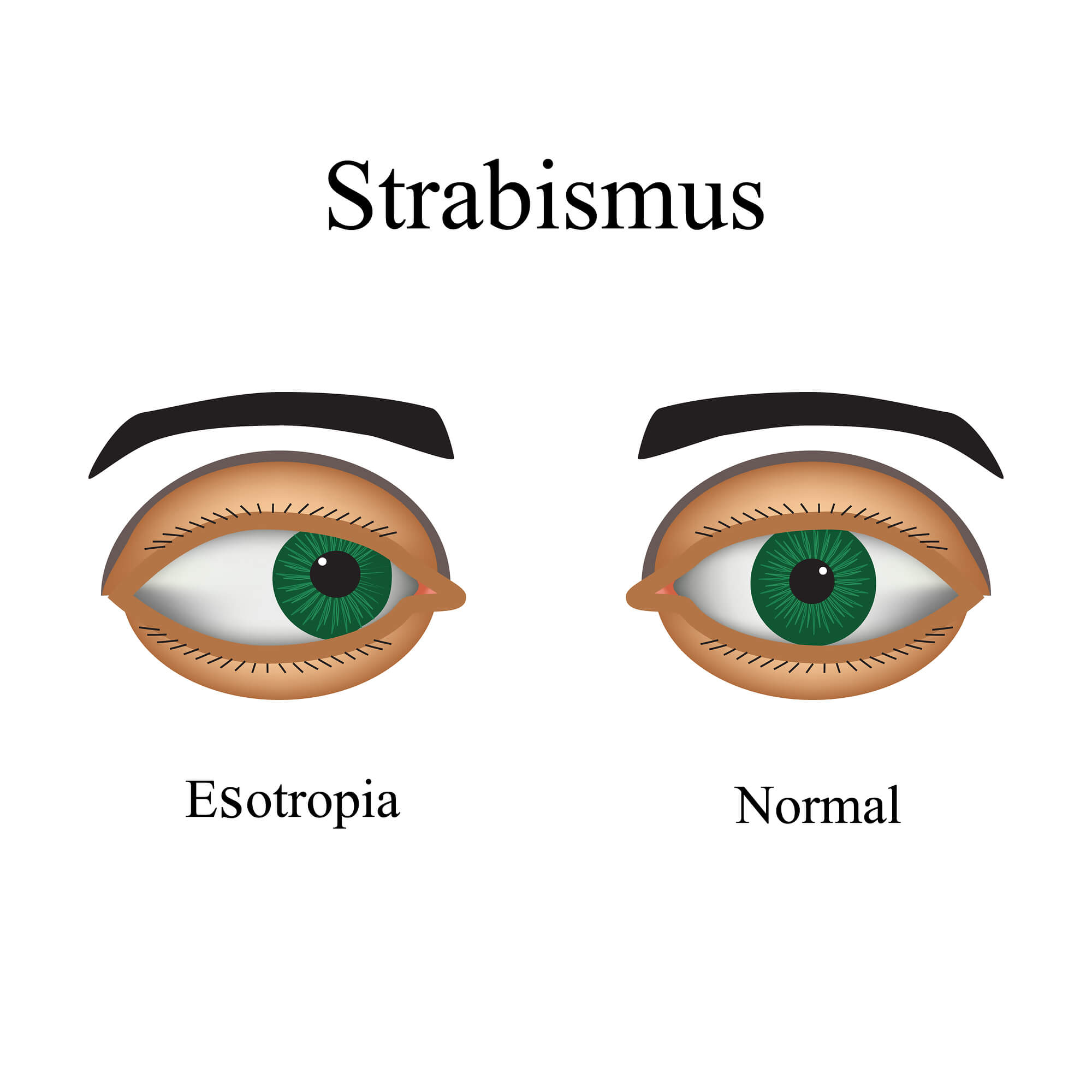



All About Crossed Eyes And Lazy Eye
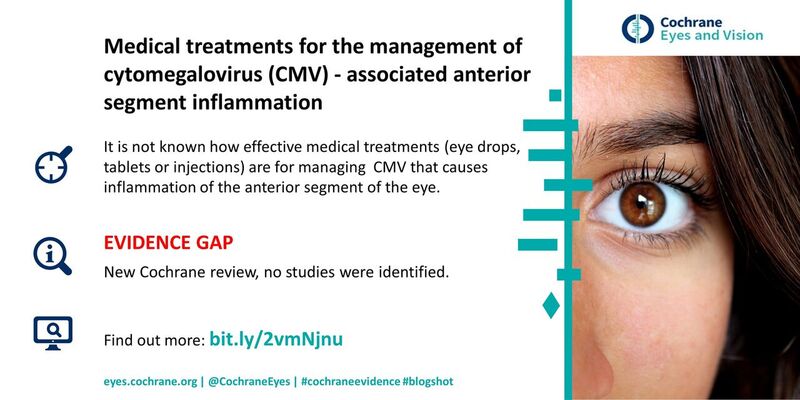



Summaries Of Review Findings Cochrane Eyes And Vision




Exotropia Pediatric Ophthalmic Consultants




Strabismus Exotropia Esotropia Cover Test Geeky Medics




How To Fix Exotropia 9 Steps With Pictures Wikihow
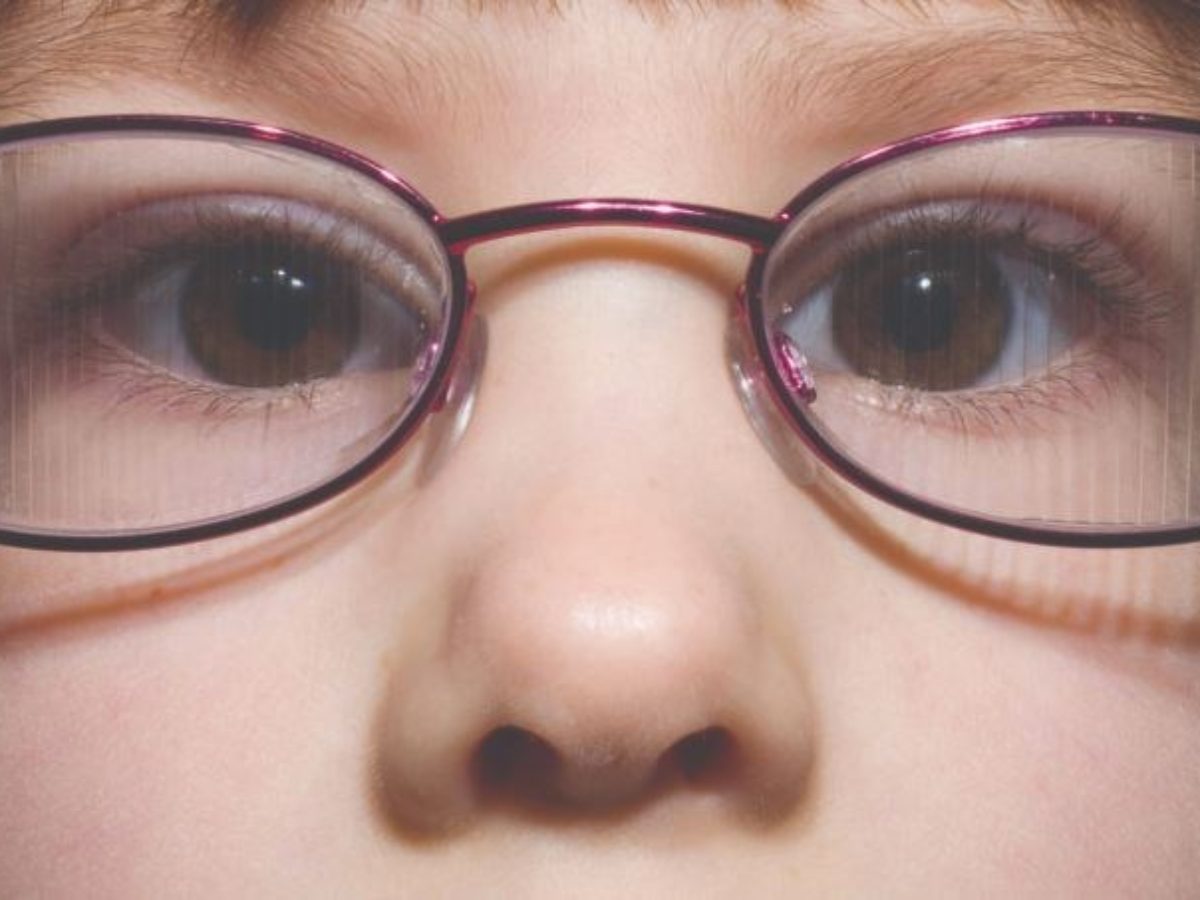



Strabismus False Strabismus Royal Spanish Center



Forms Faq S




Pediatric Ophthalmology Flashcards Quizlet
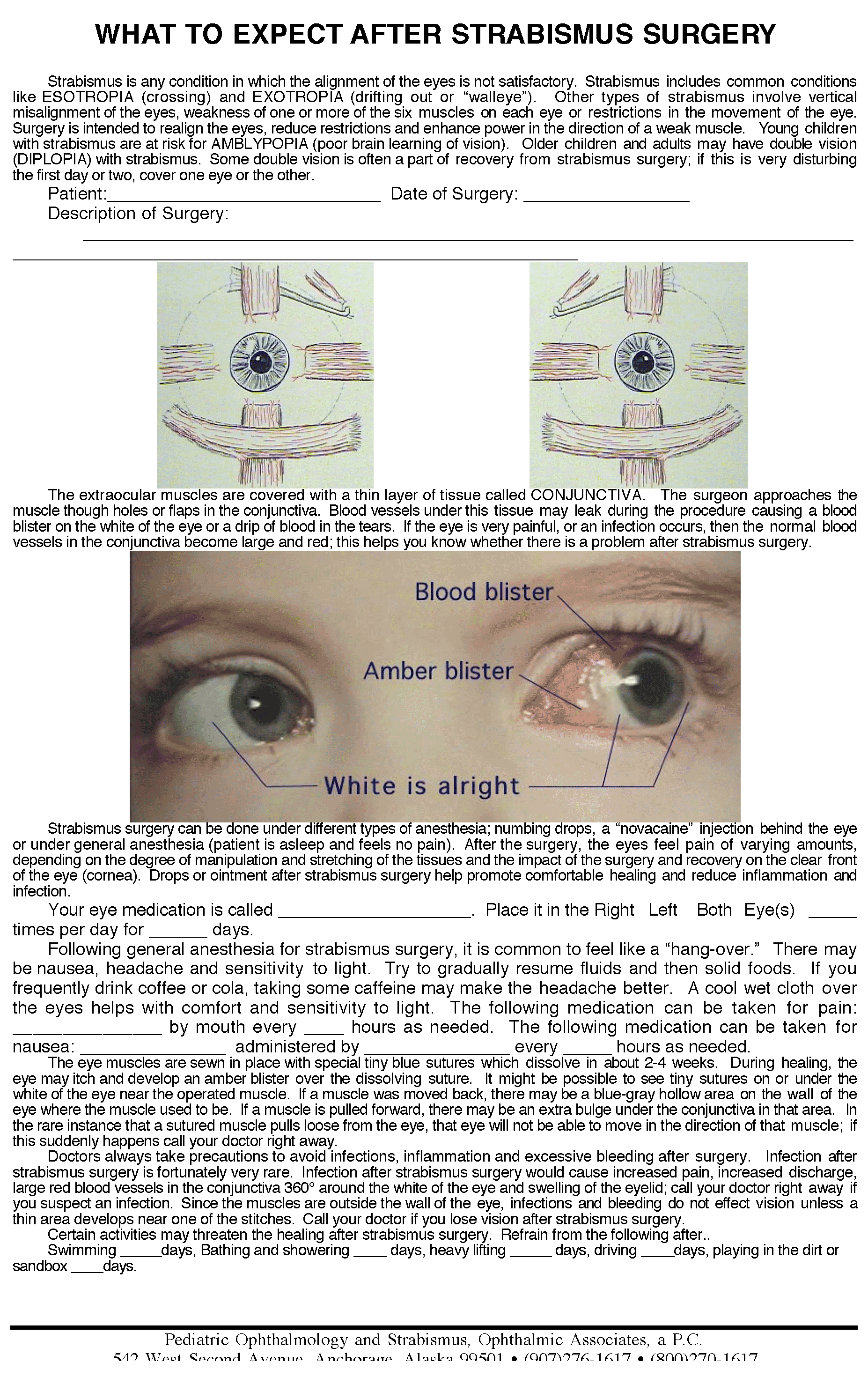



Strabismus Post Op




Exotropia In Children And Adults




Exotropia Pediatric Ophthalmic Consultants




Exotropia Pediatric Ophthalmic Consultants




Cross Eyed Causes Prevention And Treatment



1




Identification And Treatment Of Amblyopia American Family Physician




How To Fix Exotropia 9 Steps With Pictures Wikihow
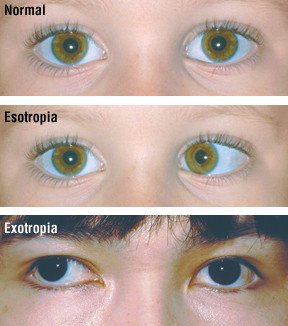



Crossed Eyes Strabismus Guide Causes Symptoms And Treatment Options
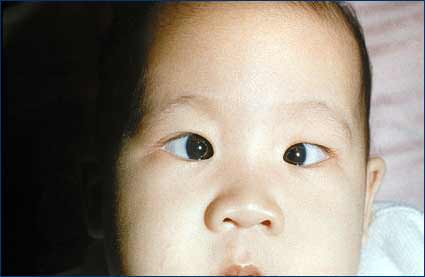



Strabismus Surgery Lancaster Pa Strabismus Symptoms Lititz
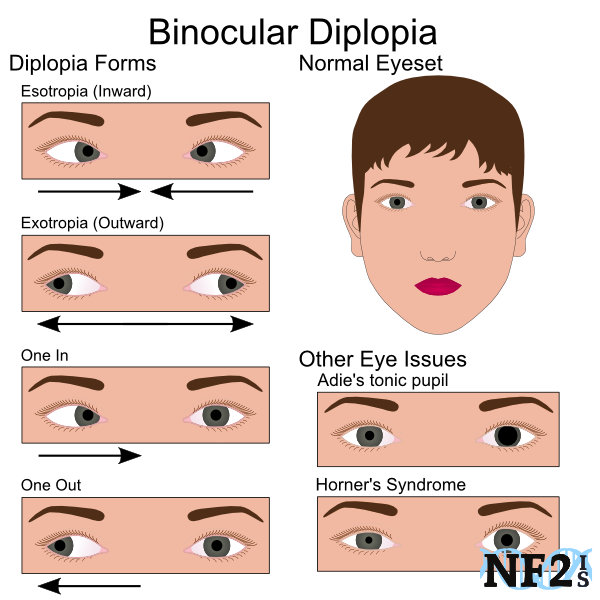



Eyes And Vision Issues



Amblyopia Or Lazy Eye A Treatable Disease Sightmd




Strabismus Surgery For Misaligned Eyes Crossed Eyes Or Wall Eyes
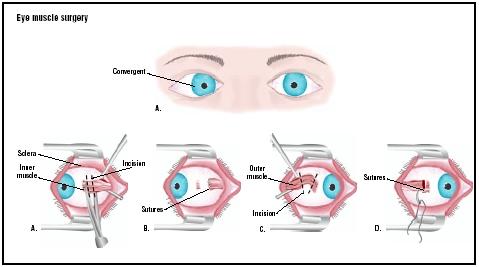



Eye Muscle Surgery Procedure Recovery Blood Pain Complications Adults Time Infection
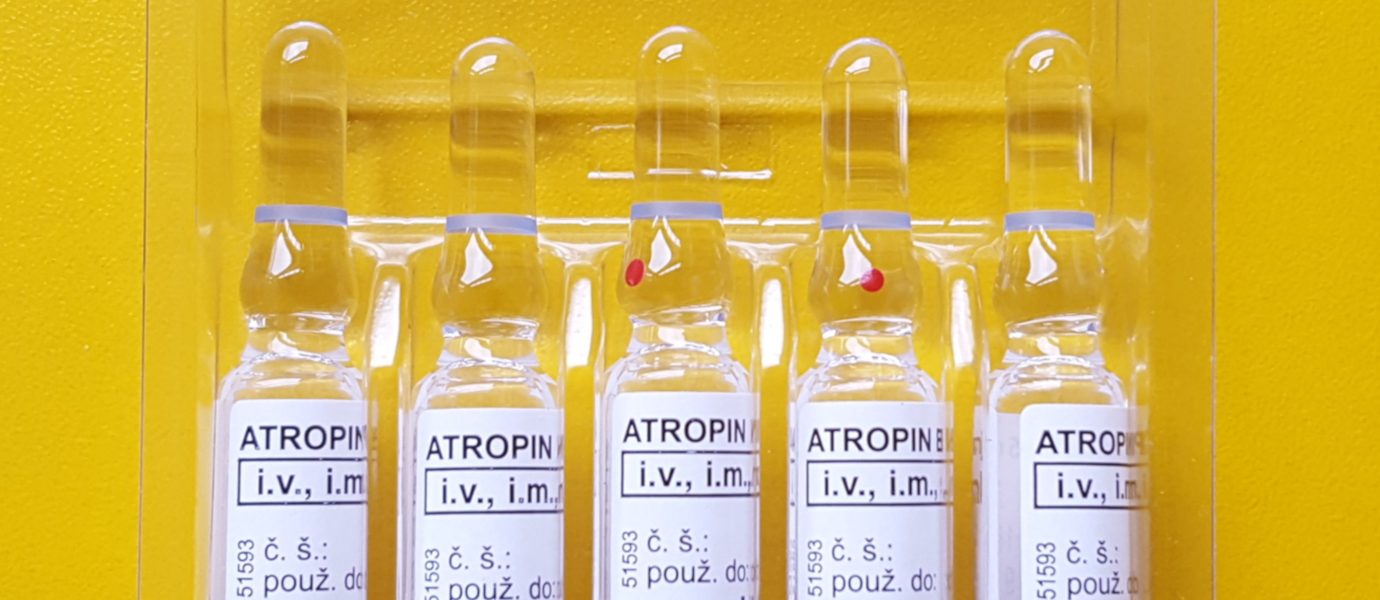



Treatment For Strabismus Atropine Drops Pinpointeyes
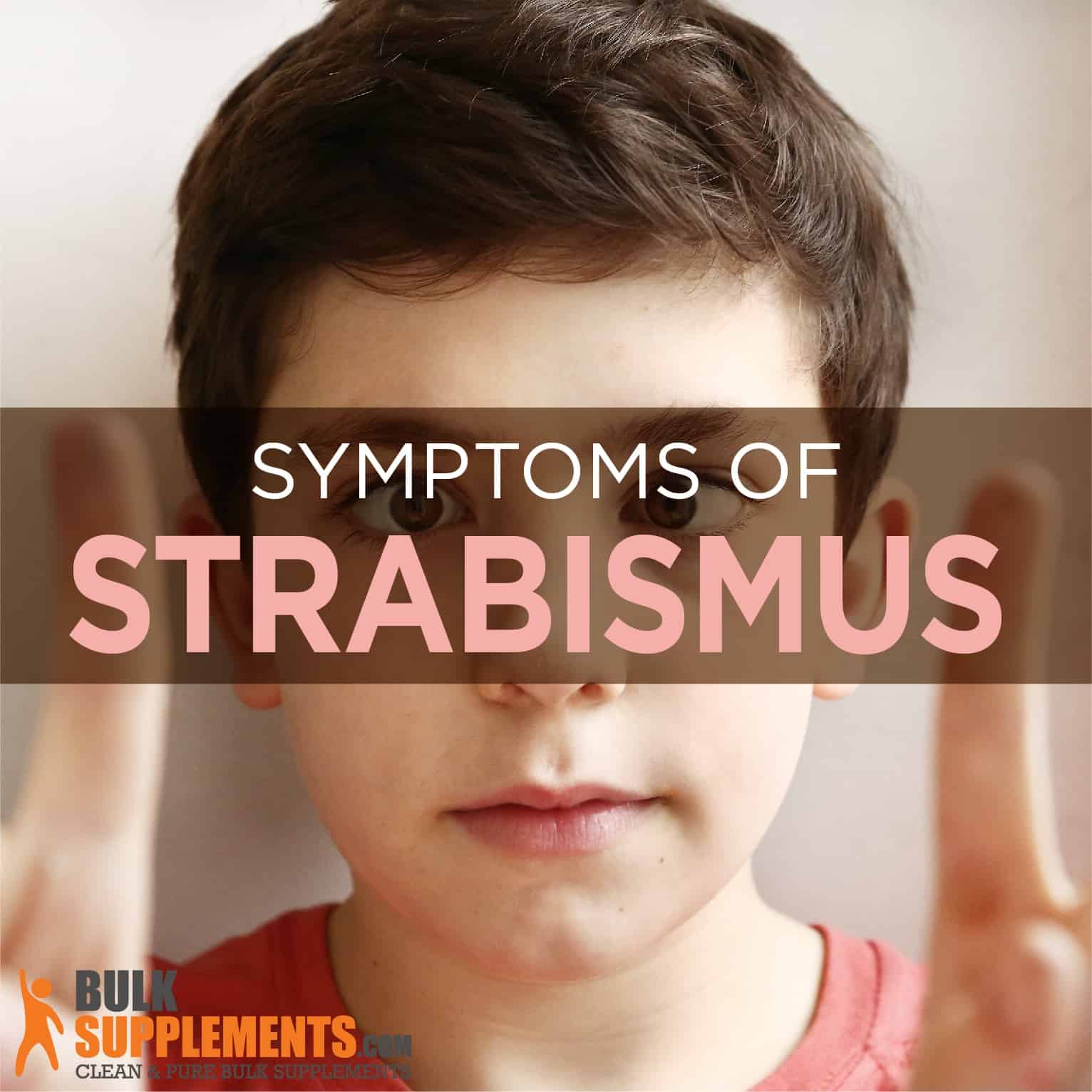



What Is Strabismus Causes Symptoms Treatment




Atropine 0 01 Eye Drops Price 10 21
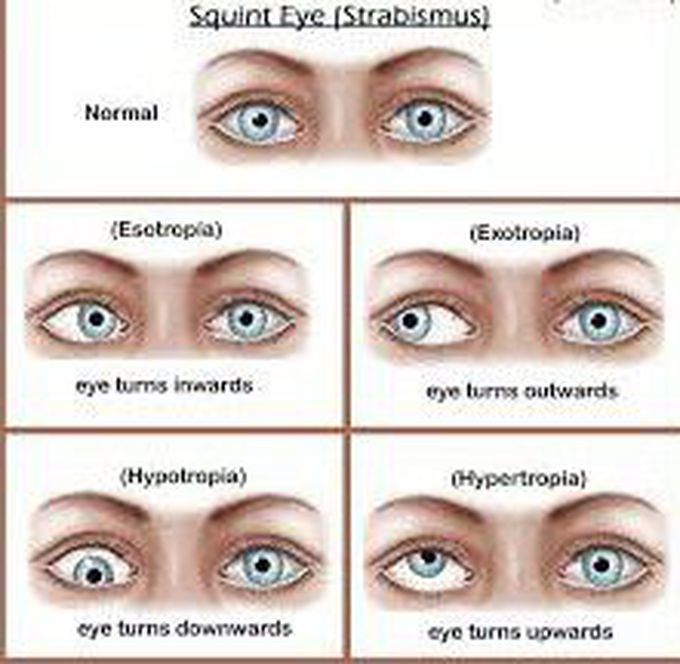



Squint Eye




Drawings Strabismus Eyes Deviation Illustration Stock Illustration Gg Gograph
コメント
コメントを投稿